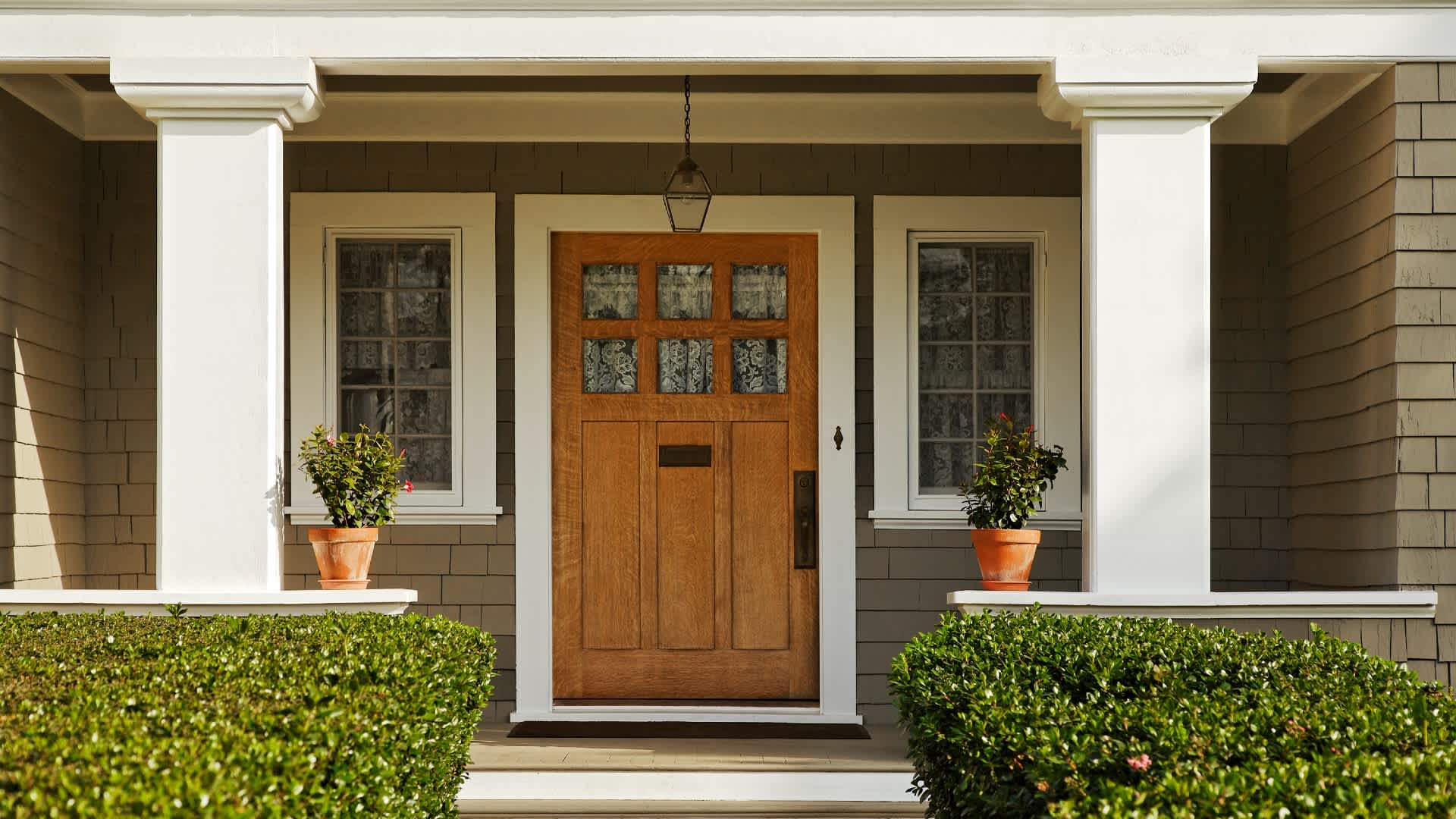As gas prices surge across the country, [1] many Americans are looking for ways to save on energy costs, both in their cars and at home. Over the last few years, the evolving Internet of Things has introduced a wide array of new smart devices that could help cut down your utility bills. Here are four relatively inexpensive smart home technologies that can lower your energy costs.
Thermostats
Smart thermostats are easy to install since they’re wired like a regular thermostat, but you can control the settings through an app on your phone, and program them to save energy in a variety of ways. “If you leave your home during the day, a smart thermostat can save you money by automatically turning down the thermostat when you leave,” says Stacey Higginbotham, host of the Internet of Things podcast. You can also change your heating and cooling settings with the click of a button, or schedule automatic adjustments.
Nest and ecobee are popular smart thermostat brands, while Amazon also makes a smart thermostat, which may be appealing if you already use Alexa at home.
“Once consumers start by connecting their thermostat to an energy-saving program, it's a quick jump to connecting other smart devices around the home, including smart appliances, EV chargers, battery storage systems, and the list continues to grow,” says James McPhail, CEO of energy resource management company Enersponse.
Light bulbs
Most smart bulbs are LED, which last longer than incandescent bulbs and can save you about $225 per year. [2] Plus, you can control your lighting through an app on your phone or voice assistant, just like a smart thermostat. You can schedule lights to turn on and off, a handy feature if you frequently forget to flip the switch. Smart LED bulbs from Philips Hue, LIFX, and Wyze are slightly more expensive up front than regular LED bulbs, but they’ll lead to savings over time.
Plugs
If you want to dip your toe into the smart home pool before making a larger investment, you can try smart plugs, which can save 500 to 1,000 kilowatts per year. [3] These relatively inexpensive devices from Philips Hue, TP-Link, and Kasa plug into regular electrical sockets to make them a little smarter. Simply plug any device into the smart plug, and you’ll be able to turn it on and off using an app on your phone, or with your voice if you connect them to a voice assistant.
Energy monitors
Many smart home devices can be connected to an energy monitor, which helps you better understand your energy usage. “With the advent of the Internet of Things, consumers have more power than ever before to take charge of their energy consumption, with several smart home energy management systems (SHEMS) available,” says Jeff Hendler, CEO of smart buildings company Logical Buildings.
Energy monitors provide real-time insight into your energy trends, which helps pinpoint where you can reduce costs. “I think we are going to see a shift from conservation, which only takes us so far, to resilience and more effective use of the energy coming into our homes,” says Higginbotham.
Smappee, The Home Energy by Sense, and Vue by Emporia Energy are some of the best-selling home energy monitors on the market today.
Hendler points out that utilities in some states, such as California, New York, and Texas, will actually pay consumers to demonstrate energy reduction when the power grid needs it most. “This mega-trend of smart meter rollout supported by the expansion of smart devices in the home is creating a major power shift, where the utility actually pays residents for a change,” he says. “This cost-saving dynamic is now more important than ever with residents facing rising energy costs while working from home.”
Image: DPproductions / Getty Images

